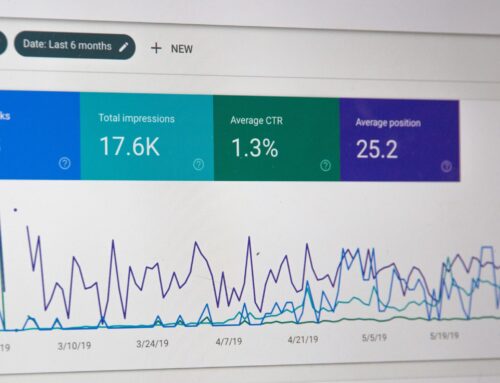 You might have heard of learning in the flow of work before. Essentially, it’s a method in which people learn material precisely when they need it. One example of this is a supervisor monitoring their team in a warehouse and being ready to correct mistakes that a worker might make. While this method brings plenty of value, it’s difficult to measure and scale up. This is where eLearning comes in. Using the benefits of online training, you can open up a world of options for what your learning could look like.
You might have heard of learning in the flow of work before. Essentially, it’s a method in which people learn material precisely when they need it. One example of this is a supervisor monitoring their team in a warehouse and being ready to correct mistakes that a worker might make. While this method brings plenty of value, it’s difficult to measure and scale up. This is where eLearning comes in. Using the benefits of online training, you can open up a world of options for what your learning could look like.
How elearning structures the flow of work
 The simple reason why you should promote learning this way is because it works. For our minds to best absorb information, the content needs to be relevant. And information is never more relevant than when it’s actively solving an issue. Think back to the warehouse example from earlier. If a worker was incorrectly operating heavy machinery, the best time to address it would be in the moment. This way, they’re receiving timely feedback that they can apply immediately. The 70-20-10 model outlines which modes of learning are most effective. It shows that 70% of what we learn comes from experience. This means that we learn best by doing, then making mistakes, then trying again. And while the example we used earlier teaches in this way, it requires a lot of attention from a supervisor or an experienced coworker, and it’s difficult to scale up. So, if you want your employees to learn their content through experience on a larger and more consistent scale, what options are available to you?
The simple reason why you should promote learning this way is because it works. For our minds to best absorb information, the content needs to be relevant. And information is never more relevant than when it’s actively solving an issue. Think back to the warehouse example from earlier. If a worker was incorrectly operating heavy machinery, the best time to address it would be in the moment. This way, they’re receiving timely feedback that they can apply immediately. The 70-20-10 model outlines which modes of learning are most effective. It shows that 70% of what we learn comes from experience. This means that we learn best by doing, then making mistakes, then trying again. And while the example we used earlier teaches in this way, it requires a lot of attention from a supervisor or an experienced coworker, and it’s difficult to scale up. So, if you want your employees to learn their content through experience on a larger and more consistent scale, what options are available to you?
What the flow of work could look like
 You might have heard of performance support tools (PSTs). These are resources that provide just-in-time learning. PSTs should be easily accessible and easily digestible. You can utilize microlearning practices to provide this content in bite-sized chunks, so the most important information is displayed. Some of the traditional forms in which these PSTs can be delivered are manuals, checklists, and guides.
You might have heard of performance support tools (PSTs). These are resources that provide just-in-time learning. PSTs should be easily accessible and easily digestible. You can utilize microlearning practices to provide this content in bite-sized chunks, so the most important information is displayed. Some of the traditional forms in which these PSTs can be delivered are manuals, checklists, and guides.
But while these resources are useful, they don’t allow you to track performance well. Thankfully, eLearning excels at that. If you want to focus on performance support, then you can build micro courses to do just that. Supervisors in your company can take the lead on this too. They can assess employee performance in different areas, then assign specific courses for them to fill any knowledge gaps. This could also be more automated, where the supervisor only has to grade employee performance and the learning management system (LMS) automatically assigns them specific courses. Additionally, this content should be available for employees to access whenever they identify their own weaknesses.
eLearning in the flow of work can also be more comprehensive than a typical PST. Since we learn best by doing, simulations are fantastic ways to teach concepts. If your employees are making errors when using dangerous machinery, then simulations allow them to practice without the risk of causing harm. And this also applies to work beyond the ones that pose physical danger. For example, you might want your salespeople to hone their skills with handling objections. Simulated scenarios provide you with low stakes practice where potential customers aren’t being put off by the mistakes being made.
Key takeaways
While traditional learning in the flow of work maximizes the benefits of the 70-20-10 model, it has its limits. It typically requires supervisors to monitor employees, catch mistakes being made, and provide correction in the moment. This method can be effective, but it’s difficult to scale up and doesn’t provide helpful metrics to track performance. By using the benefits of eLearning, you can overcome these issues and teach your material in unique ways.
If you’re interested in exploring how micro courses and simulations can be used to improve your learning in the flow of work, then contact us! We would be glad to explore your options with you.
For more industry-focused articles like this, subscribe to our free monthly newsletter, Smarter…Faster!




